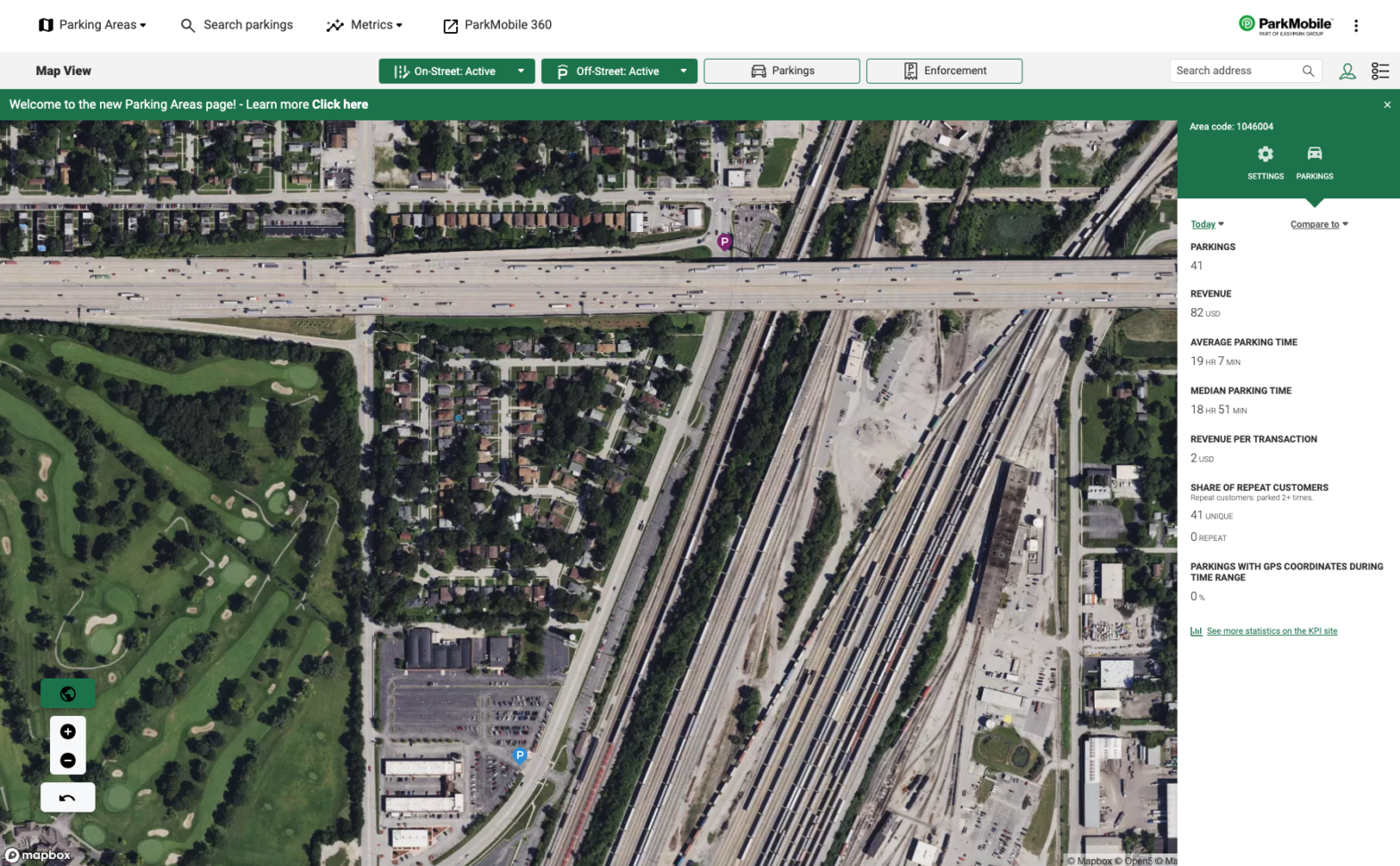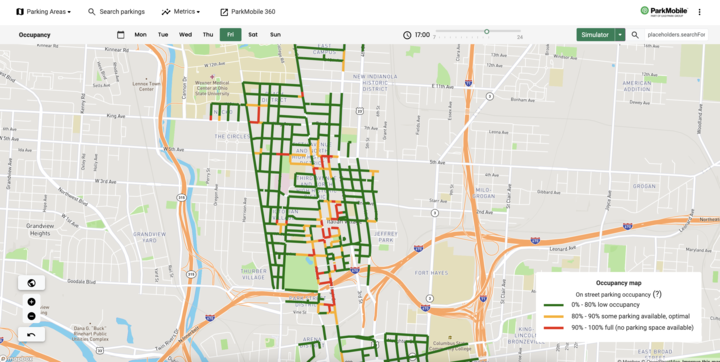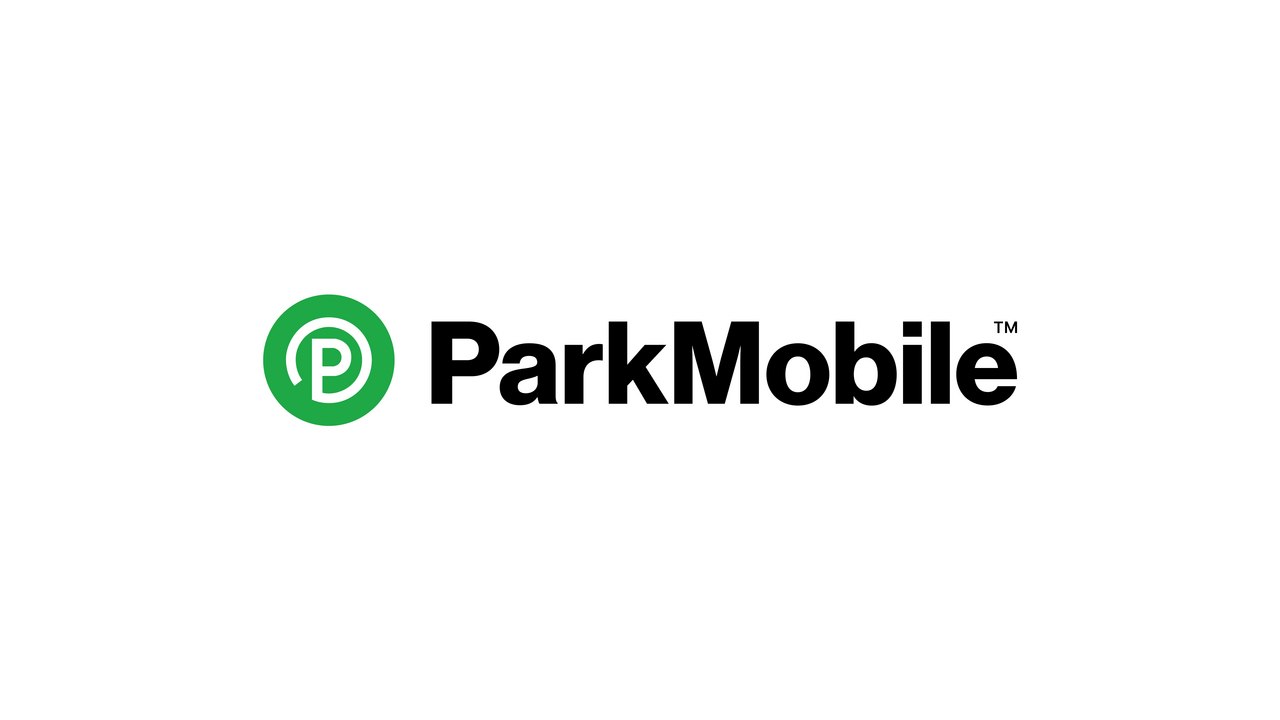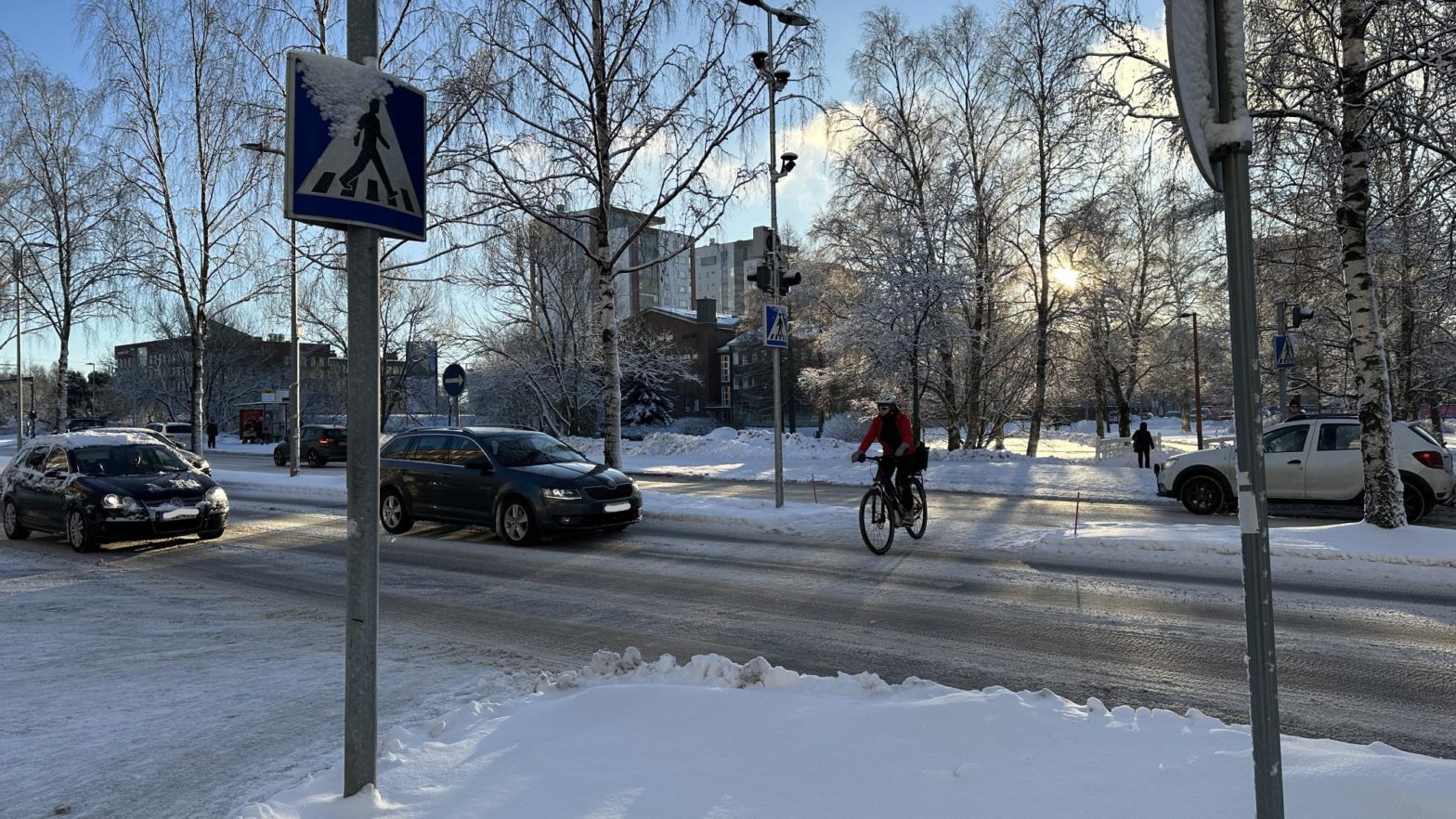
Photo: ParkMobile – Zoning Example
Enabling better decision-making with parking data
27 March 2025
By: Kino Becton, North America Group Government Affairs Manager, ParkMobile
Parking has always been an important aspect of transportation and infrastructure, involved in everything from driving revenue for important public projects to maintaining equitable on-street access in downtown and residential areas. At many American campuses, parking is increasingly at the centre of innovative sustainability initiatives.
However, the impact of parking is often overlooked and undervalued. The primary culprit? A lack of visibility and insights. Without a clear way to quantify and communicate parking challenges (eg, congestion, on-street occupancy, impact of construction, kerbside use, etc.) it’s hard to find a meaningful way forward.
For years, customers have embraced the convenience of digital parking. Now, it’s time to help cities fully take advantage of everything this technology has to offer.
Today’s cities face simultaneous challenges of ageing hardware and 2G networks, tighter budgets, and accelerating need for digital tools. As a result, cities across the country are looking for cost-effective ways to modernise the parking ecosystem.
As a leader in digital parking innovation, ParkMobile and the EasyPark Group have doubled down on creating exciting new tools and services to help cities independently find solutions.
Self-service tools for proactive parking management
Until recently, cities, campuses, and municipalities had very limited options for collecting data on a parking programme’s impact. Generally speaking, they could:
- Hire a consultant to manually canvas streets and collect data
- Work with their parking technology provider to communicate their needs, then create a situation-specific reporting solution.
Both of these have obvious drawbacks. They tend to be time-consuming and reactive by definition. By the time the necessary data is collected, the nature of the original problem has likely changed.
To overcome this common obstacle, we’ve introduced solutions that empower cities with more self-service tools for parking management. The ParkMobile Dashboard is a push towards self-sufficiency, giving parking programmes more tools to visualise their parking environment, measure KPIs, and adjust policy.
The ParkMobile Dashboard also provides novel ways for cities to measure the performance and health of their parking programme. Drag and drop maps allow operators to see parking performance and compliance in specific areas. The Parking Health Check allows cities to compare the KPIs of their parking programme against others of the same size (or see what larger cities are doing).
We hope that an increase in self-service tools like the ParkMobile Dashboard will both allow cities to be more proactive in making positive changes and facilitate more constructive communication with consultants and technology providers.
In other words, if we can spend less time identifying problems, we can put more shared effort into creating solutions.
Answering key questions with ParkMobile Insights
The infrastructure of cities and paid parking programs is constantly evolving. However, these shifts inevitably raise important questions like:
- How many EV-charging or Pay-and-Display stations do I have and where are they?
- What does parking and congestion look like in free parking areas?
- What will be the economic impact of road closures or construction projects?
- How do current zoning rules affect traffic?
Even in cities with high digital parking adoption (and therefore more parking data), the answers aren’t always obvious.
ParkMobile has been working in 25 major cities across the US to provide the answers to these types of questions and more using Insights, a revolutionary combination of proprietary technology, self-service tools, and expertise.
Working closely with cities, we identify unique pain points, then equip existing fleet vehicles with LIDAR-based scanners and HD cameras to collect continuous data on:
- Parking occupancy in both paid and unpaid parking areas
- Inventory (e.g., number of spaces, and location)
- Condition of signage and street pavement.
The result is a comprehensive and accurate map of parking data across not just high-use areas but the entire city. This data provides clear and actionable insights into street and kerbside usage that cities can use to make strategic adjustments to policy and infrastructure planning.

Data-driven solutions like ParkMobile Insights are boosting collaboration among city stakeholders, technology providers, and policymakers, opening up new avenues of discussion and creating opportunities to improve the parking experience in our nation’s vital downtown areas.
While some of these solutions are already being used in the global market, we’re excited to see how these technologies will fundamentally reshape city planning as they’re rolled out in major cities across the US.
The end goal: making our cities more liveable
Parking is a fundamental part of living and working in a city, whether it’s going out to meet friends for dinner, finding parking for a big event, unloading cargo, or just running errands.
What do all of these innovations mean for cities?
As digital parking technology matures and more experienced digital parking providers enter the market, we will have to focus on more than parking payments alone to stay relevant.
Instead, we in the digital parking space can create unique opportunities to empower parking operations with flexible tools that ultimately help make our cities more livable. ParkMobile and the EasyPark Group will continue to work closely with cities to develop exciting new methods to ease congestion, improve compliance, streamline decision-making, and more.







